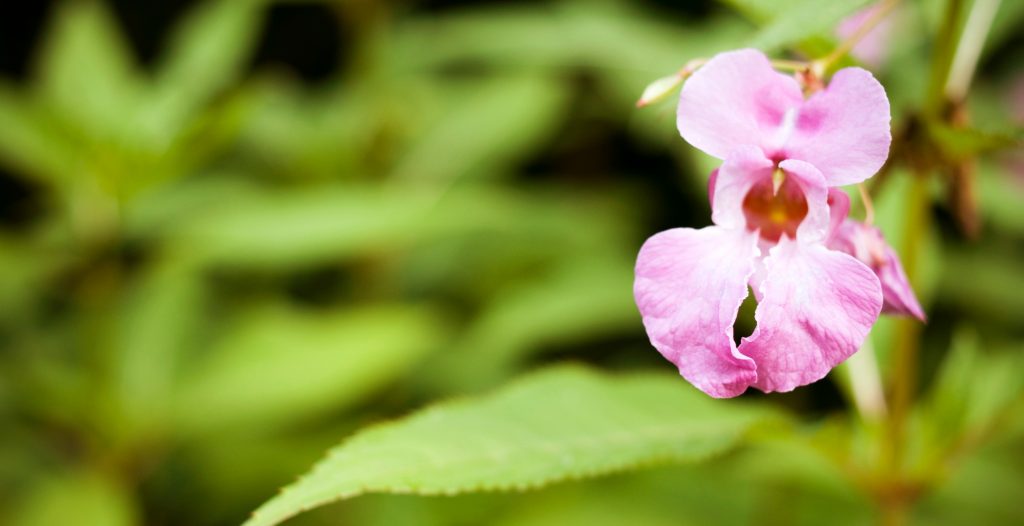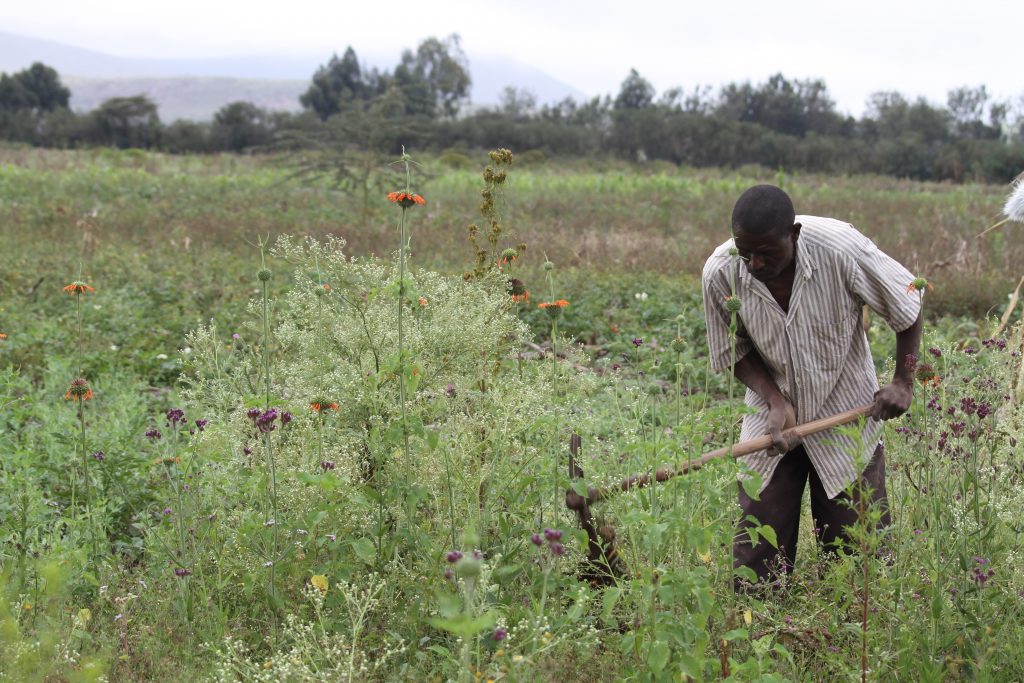Does travel stress strengthen invasiveness?
Research has already shown that invasive species tend to be more tolerant to environmental stress than related non-invasive species. However, a recent study published in Biological Invasions, set out to discover whether this stress tolerance was an inherent trait or whether it was something acquired en route from their natural habitat to the new one.
Himalayan Balsam: Cause or Associate of Soil Erosion?
Himalayan balsam (Impatiens glandulifera) is a non-native annual plant that was introduced into parts of Europe during the mid-nineteenth century as an ornamental plant for parks and gardens. This plant species was first recognised as an invasive species and a threat to ecological stability in the 1930’s. However, since then the problem has escalated and…
March of the Armyworm
By Stephanie Parker. Reblogged from Earth Island Journal. Mohamud Abdu stands tall in his maize field in Alaba, Ethiopia, a small agricultural district over 200 kilometers south of the country’s capital, Addis Ababa. Smooth green leaves reach up to his waist. The field is off a dirt road where children ride old bicycles and the occasional…
A night at the movies: with soybean and fall armyworm as stars of the show
Farmers in northern Ghana are beginning to get a taste of the latest movie out of the Box Office – it’s not a romantic comedy or a thriller – instead it’s a production that will help them get more from their soybean crops and protect their maize from the fall armyworm caterpillar.
Minimising further insect pests invasions in Africa
By Esther Ngumbi. Reblogged from SciDev.Net. The US Agency for International Development (USAID) recently offered prize money for the best and digital tools that can be used to help combat the fall armyworm (FAW), an invasive pest that has spread across Africa. The winners will be announced in the coming months.
Parthenium: Controlling the world’s most destructive toxic weed
The poisonous Parthenium hysterophorus plant is one of the world’s most destructive invasive plant species, threatening biodiversity, food security and human health across numerous countries. The herb is native to Central and South America but has spread to over 40 countries over recent decades including Australia, India, Ethiopia, Swaziland and South Africa.
Fostering partnerships to combat fall armyworm
Since 2017, CABI has been heavily involved in the international effort to develop and implement a continental framework for tackling fall armyworm in Africa. Initial meetings resulted in the development of a draft framework, which identified roles for different organisations involved in fall armyworm management globally and on the African continent, including CABI. This has…
No stranger to the Victoria Falls: The fall armyworm marches on menacingly
The town of Livingstone, in the Southern Province of Zambia is world renowned for its magnificent views of the Victoria Falls. Annually, thousands of visitors flock this town to awe at one of the seven natural wonders of the world. A few kilometres away from this picturesque view lies Kazungula, a small border town between…







